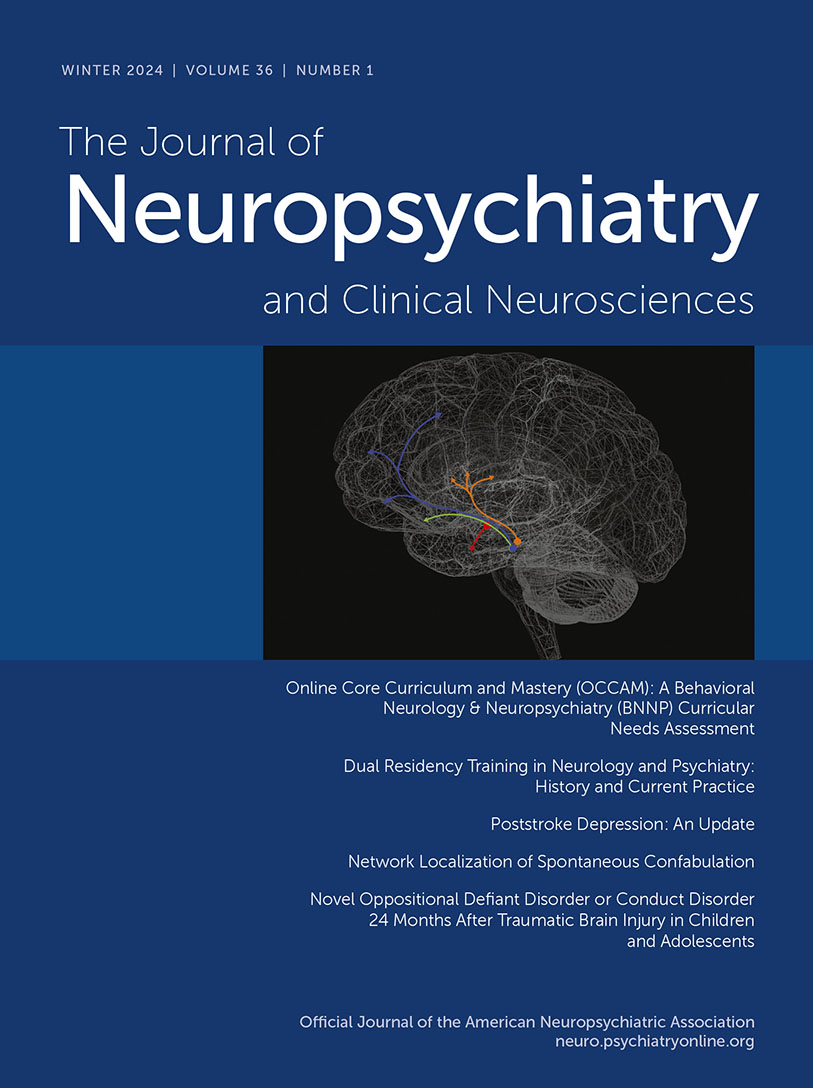Dual Residency Training in Neurology and Psychiatry: History and Current Practice
Abstract
In the early 20th century, neurology training included more experience in psychiatry, and psychiatry training included more training in neurology than what is currently required. After World War I, the increased need for differential diagnosis of what might now be called functional neurological disorders resulted in the military encouraging combined residency training in neurology and psychiatry and the promulgation of the term “neuropsychiatry” for this specialty. Thirty-six percent of physicians certified by the American Board of Psychiatry and Neurology in its first decade (1935–1945) held certification in both neurology and psychiatry. However, the term neuropsychiatry gradually became used interchangeably with general psychiatry—to distinguish it from psychoanalysis—and lost its specificity. It is widely held that the popularity of psychoanalysis resulted in psychiatrists perceiving less need for neurological knowledge, and inclusion of neurology content in psychiatry training decreased. Dual residency training programs in neurology and psychiatry began to increase in popularity again in the 1980s as advances in neuroscience, neuroimaging, and pharmacology, paired with the growth of behavioral neurology, laid the foundation for meaningful practice of neuropsychiatry. The author surveyed 207 physicians who graduated from both a neurology and psychiatry residency and 18 current trainees in combined neuropsychiatry residency programs to collect information on their current practice, academic activity, and opinions about their training. The response rate was 64%. Respondents’ attitudes toward the value of their dual neurology and psychiatry training were overwhelmingly positive. Reasons for the lack of growth of combined residency programs in neurology and psychiatry are examined.
Access content
To read the fulltext, please use one of the options below to sign in or purchase access.- Personal login
- Institutional Login
- Sign in via OpenAthens
- Register for access
-
Please login/register if you wish to pair your device and check access availability.
Not a subscriber?
PsychiatryOnline subscription options offer access to the DSM-5 library, books, journals, CME, and patient resources. This all-in-one virtual library provides psychiatrists and mental health professionals with key resources for diagnosis, treatment, research, and professional development.
Need more help? PsychiatryOnline Customer Service may be reached by emailing [email protected] or by calling 800-368-5777 (in the U.S.) or 703-907-7322 (outside the U.S.).



